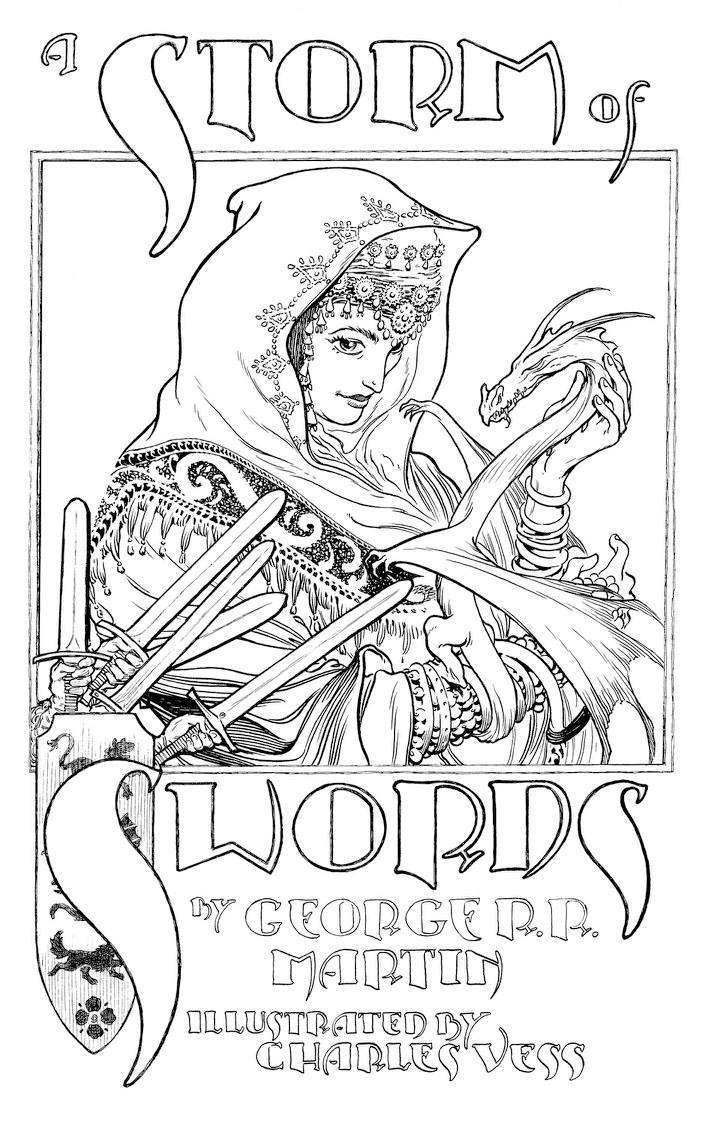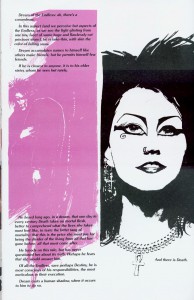It started with just one of those cool things you hear when on the Internet. The Vijay Iyer Trio’s cover version of M.I.A’s ‘Galang’. I hadn’t heard of the band before, and was impressed by Iyer’s piano-playing on the song, great their interpretation of the song. Obviously, this is not a question you can ask in a standard quiz – not many people would have heard ‘Galang’. One should not really ask which song is being covered when the cover is so radically different and the original is hardly that famous.
So I came up with the question ‘The song is a cover from the X’s first album, which is named after X’s father. X’s second album is named after X’s mother, and the third album is named after X. ID X and all three albums.” A nice way to play a song that I like and make a question out of the fact that M.I.A’s albums have this naming convention. And if I guess right, her next album will be named after her baby. To be very honest, I was not too happy about the question because it seemed too self-indulgent, in addition to being badly phrased. When I started thinking of the round where I could ask people to search, I was searching around for a ‘hook’ – some topic that could jump out into multiple strands of trivia. M.I.A seemed a nice way to start this off. And definitely not because I thought Maya was among the awesomest albums of 2010.
So, what did we know about M.I.A? The breakout track for her was ‘Paper Planes’, which featured in the trailer to Pineapple Express before it went stratospheric in Slumdog Millionaire. Not many people know that the backing guitar riff to ‘Paper Planes’ was a sample of The Clash’s ‘Straight To Hell’. (Yeah, even I didn’t, until I checked out the Wikipedia entry sometime early last year.) In quizzing circles, well, at least in those cycles where people occasionally name-drop Hipgnosis as answers to any question involving multiple album covers, the Clash’s London Calling is well-known for the way it copied the fonts of Elvis Presley’s first studio album.
Pineapple Express refers to a weather phenomenon, and the whole Judd Apatow/Seth Rogen/James Franco cartel connection was ripe for the picking for a convoluted connect. Franco obviously tied into Danny Boyle and Slumdog Millionaire, the other M.I.A tangent, because he stars in Boyle’s latest 127 Hours. Rogen and Green Hornet get a nod, as do Franco and Spiderman. And Freaks and Geeks, hell yeah.
Slumdog Millionaire leads us to Vikas Swarup and QnA, and the South African Boeke Prize (the list of awardees makes it clear that there is some kind of Indian bestseller list tie-up with the way the Boeke jury thinks). There was also the case of Danny Boyle thanking Anurag Kashyap in his movie, and Kashyap returning the favor in Dev D because Boyle suggested the use of a still camera for Dev’s drug-trip scenes. Dev D led to Sarat Chandra and Devdas and its multiple adaptations, and Sarat Chandra to Parineeta and its multiple adaptations as well, which also covered the obligatory Lit part of the MELA.
Hmm, yeah, ‘face to face with’ is ‘Roobaroo’, in Urdu. Naresh Iyer and Vijay Iyer have nothing in common except for their family name, but who am I to avoid a gratuitous Rahman reference if I can help it?


